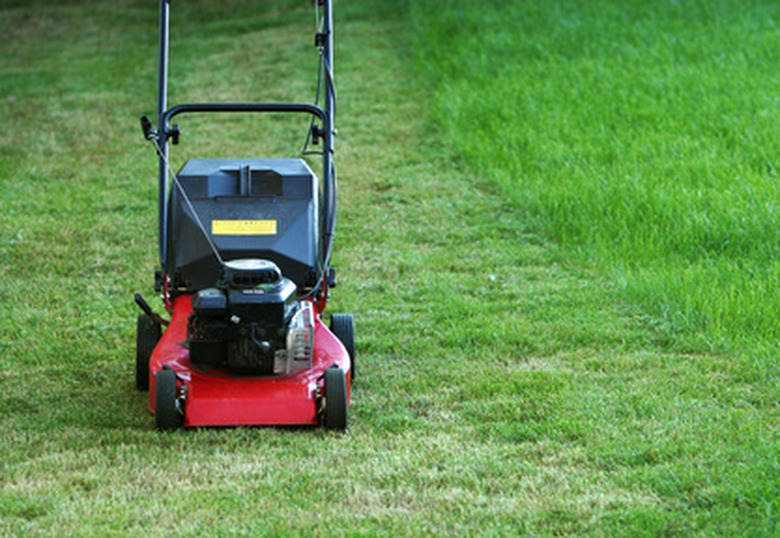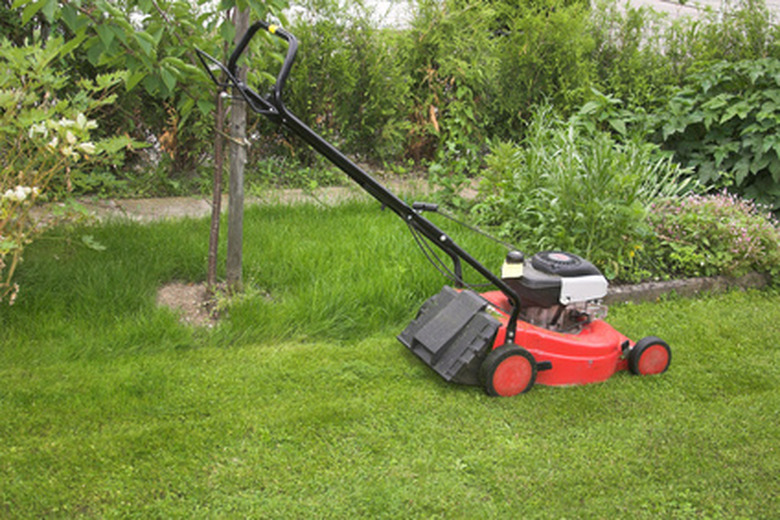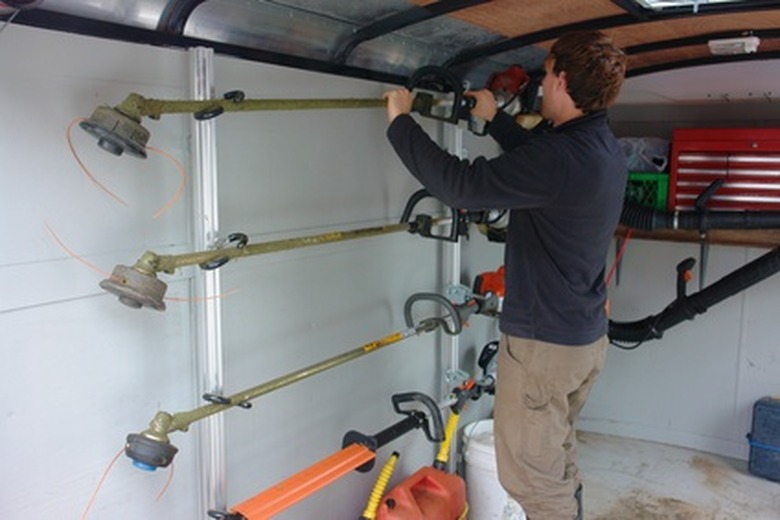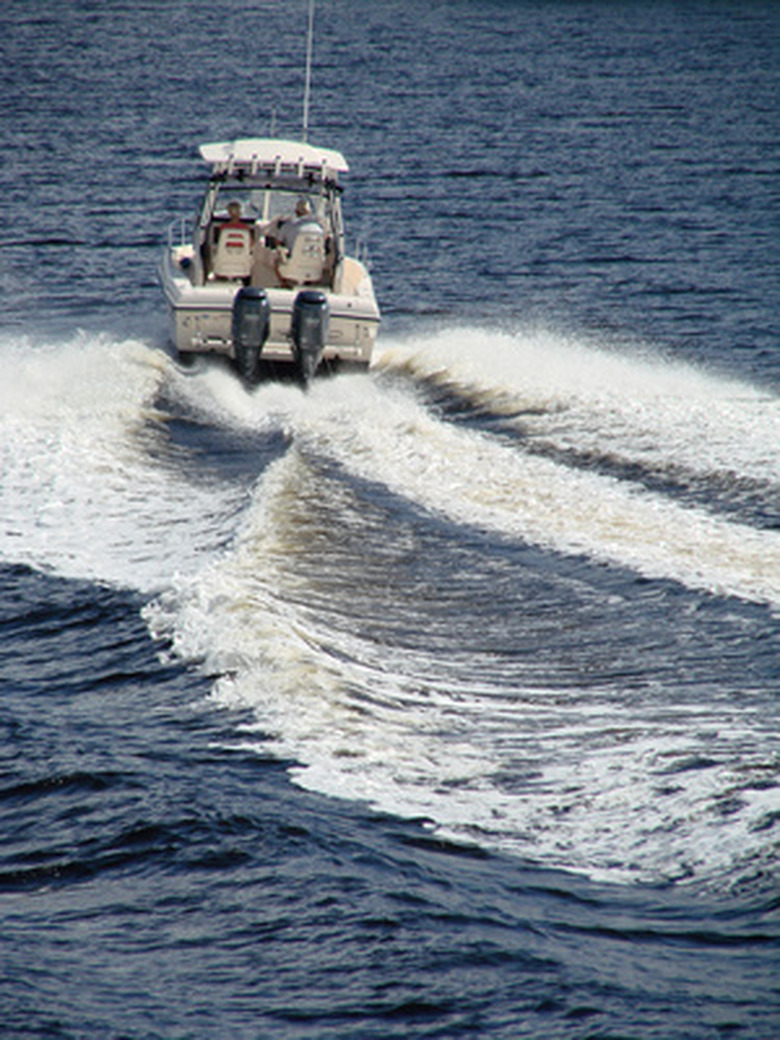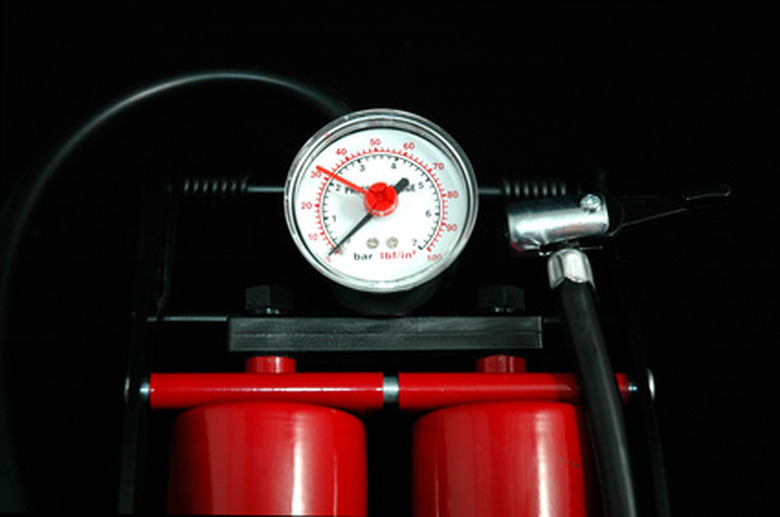Normal Compression For A Small Two-Cycle Motor
At its inception in 1897, the two-cycle motor was unable to produce the same amount of power as its counterpart the four-cycle engine. As technology has evolved, so has the performance of two-cycle engines. To determine the compression of a two-cycle engine, take into account the application: The more power required to run a particular tool, the greater the compression.
Lawnmowers
Because lawnmowers do not require as much power as larger machines, such as automobiles and motorcycles, two-cycle engines suit them. According to Samuel M. Goldwasser's "Compression Testing," normal compression for a lawnmower falls between 60 and 80 lb. per square inch, or psi. A number below 60 indicates a leak or inability of the piston to compress enough air.
- At its inception in 1897, the two-cycle motor was unable to produce the same amount of power as its counterpart the four-cycle engine.
Weed Trimmers
Weed trimmers, like lawnmowers, require fewer pounds per square inch to operate than do heavier machines so they fall into the 60 to 80 psi range. If a weed trimmer has at least 60 lb. of pressure, the engine will still start, but anything less will not create enough power to turn the engine over.
Boats
Two-cycle boat engines differ from both lawnmower and weed trimmer engines because they require more pressure to create more power. Boat owners who choose two-cycle over four-cycle do so because of the two-cycle weighs less; many owners opt to purchase two engines instead of one for more power. While four-cycle boat engines often require between 170 and 200 psi, two-cycle engines require only 80 to 140 psi. Compression figures above or below this range signal a malfunction.
- Weed trimmers, like lawnmowers, require fewer pounds per square inch to operate than do heavier machines so they fall into the 60 to 80 psi range.
- Two-cycle boat engines differ from both lawnmower and weed trimmer engines because they require more pressure to create more power.
Compression Testers
Regular compression testing can help ensure that the pressure levels in any small two-cycle engine are up to appropriate standards. Check the compression by pulling out the spark plug, placing the tester in the spark plug port and pull the cord a few times to build up air in the engine. Maintaining optimum compression can extend the life of any two-cycle engine.
